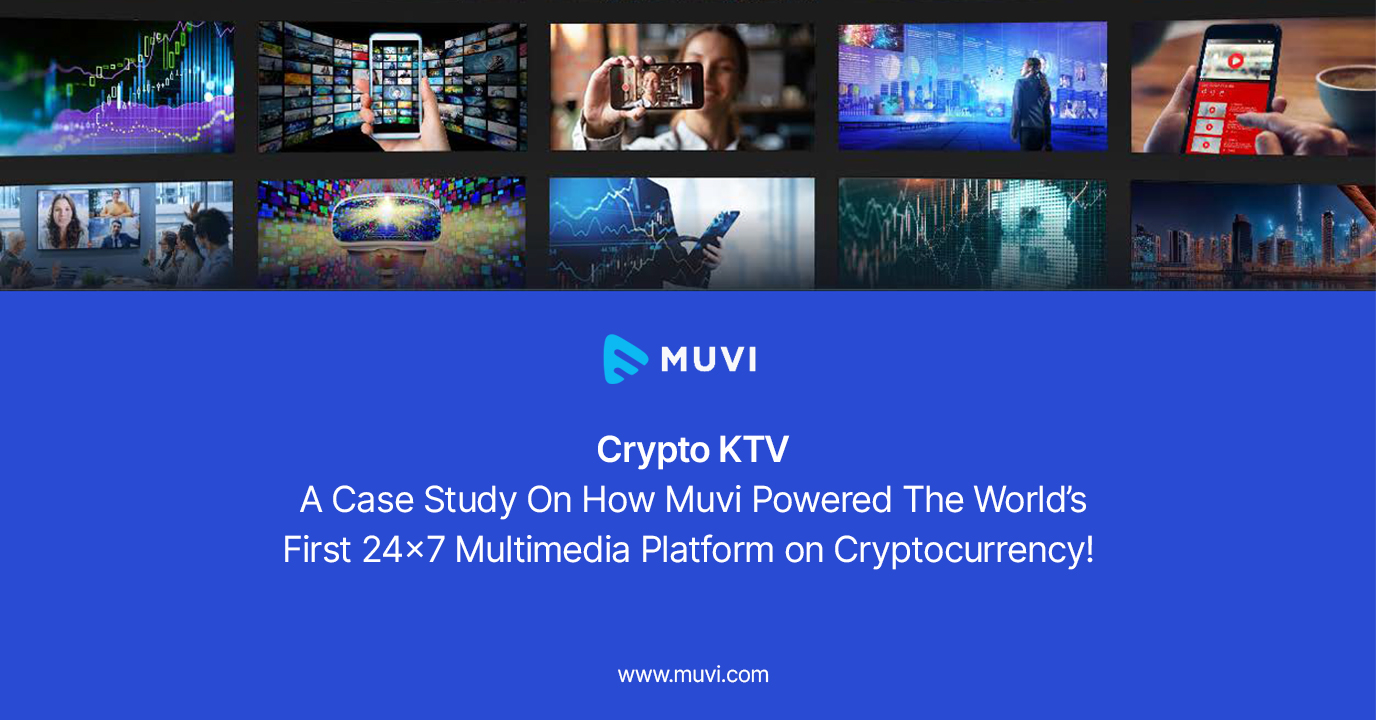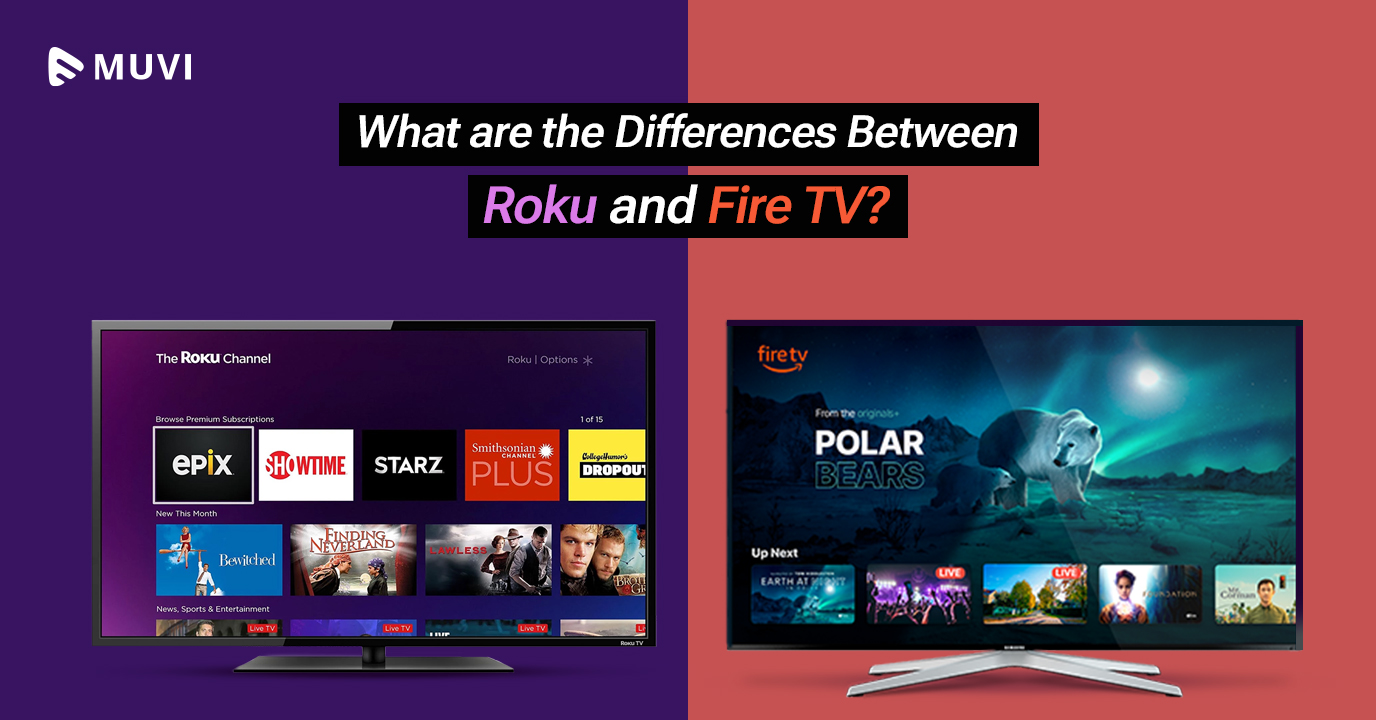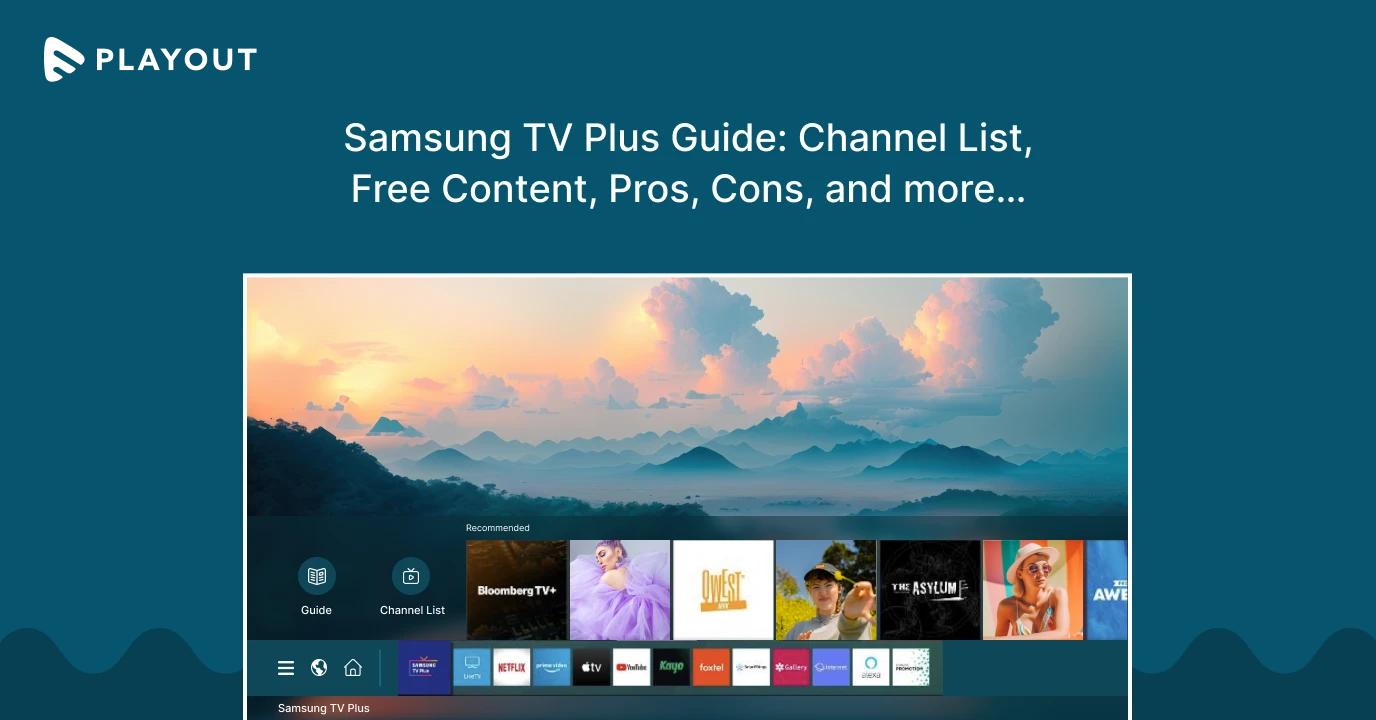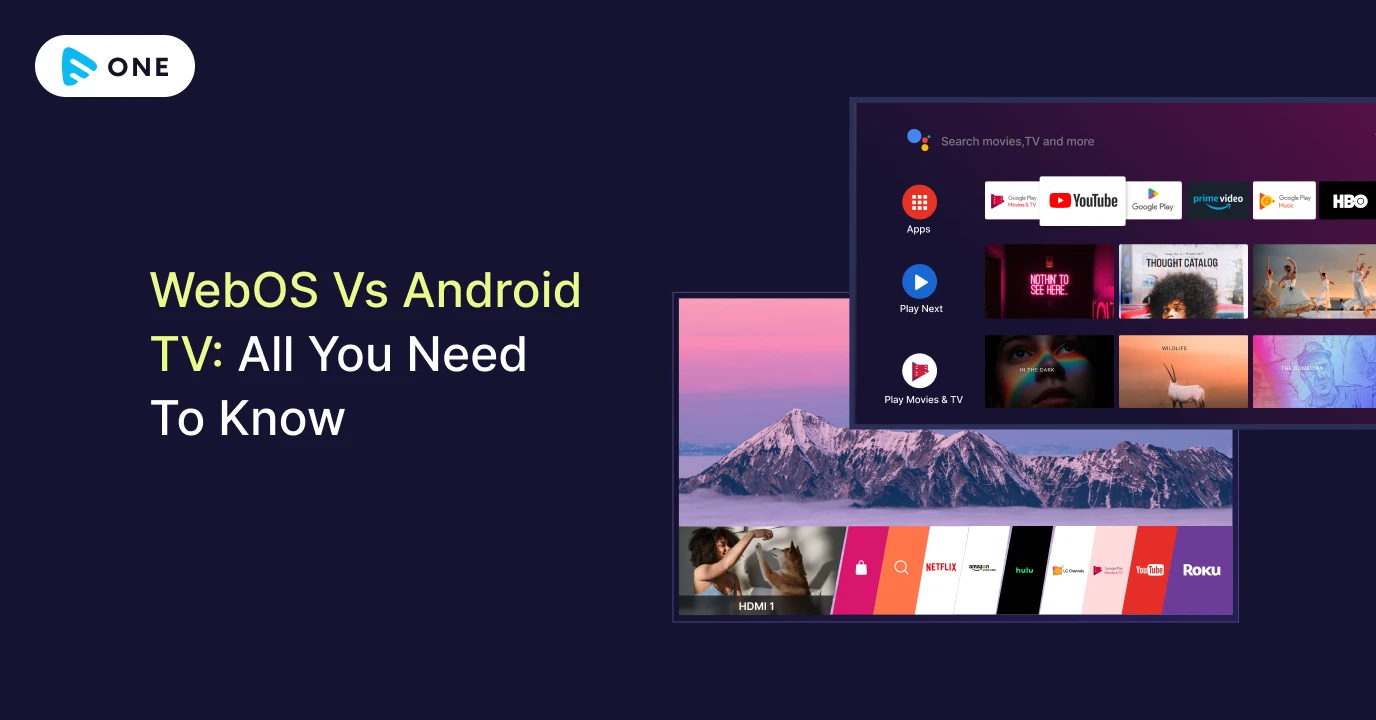Written by: Roshan Dwivedi
We are witnessing the transition of the TV viewing experience from simply watching traditional cable or satellite TV from your couch to streaming on-demand videos on different apps, devices, and websites.
Video has been unshackled from the family room to the train stations, coffee shops, malls, departmental stores, etc. People are literally streaming videos from everywhere. These changes in consumer behavior can be attributed to new technologies like IPTV, AR / VR which are fervently reshaping the TV and video ecosystem.
Increasingly consumers are watching video on a variety of different smart devices like smartphones, iPads and other tablets which can very well be the driving force of the future of video-related usage and revenues in the coming years.
As per Cisco’s Annual Mobile Ready Forecast, the number of mobile users has quintupled since the early 2000s. There are more mobile phones in the world today than the total human population. As per GSMA’s real-time tracker, the number of mobile devices is at 7.22 billion whereas the US Census Bureau data reveals that the number of people is somewhere between 7.19 and 7.2 billion. Tablets, smartphones and less-than-smart smartphones are multiplying 5 times faster than humans, our population is growing at a rate of about 2 people per second or 1.2% annually.
By 2020, the number of people who will own mobile phones is expected to exceed the number of people that have access to running water or even electricity.
There will be 5.5 billion million mobile users by 2020, accounting for 70% of the global population. More than half a billion (563 million) mobile devices and connections were added in 2015.
So what do all these figures mean for mobile video consumption?
Amongst the smart devices, the smartphone is most likely to play the most important role in the way video content will be consumed in the future. For short-form content like a 2-minute video tutorial, for instance, mobile viewing makes perfect sense.
But it makes one wonder about how smartphones could define the future of video viewing/streaming for long-form content like a full-length movie or TV series given that the screen is small and to add to that, video consumes too much data.
Well, all that has changed now with the advent of mobile phones that are faster, more powerful, and those that are built with large screens that are capable of displaying beautiful, high-definition video. Mobile networks where LTE service is offered can handle high-quality streams. Data service is now being made affordable. Moreover, content that is being created and delivered is also highly optimized for mobile and has become more available.
Mobile devices are set to take over TVs as the primary means that consumers watch their favorite shows on.
Also, a lot of businesses are adopting “the mobile first approach” in terms of having the mobile app or mobile version of the website developed and implemented first before releasing the web version. With more than half of all internet traffic coming from a mobile device, it is extremely important to create and optimize the mobile version first in case you are looking to start your own streaming service so it caters to high-quality mobile video streaming experience.
[ Looking to launch your own streaming service? Look no further. Muvi’s SaaS-based platform lets you build and launch your subscription-based platform instantly! ]
To get a better sense of the significance of mobile usage, let us look at some current and future mobile usage trends for video viewing and related statistics:
According to various research studies:
- 57% of consumers globally watch videos on a mobile phone every day.
- 42% of consumers watch videos 5 minutes or less every day.
- 31% of US consumers and 21% of Southeast Asia consumers expect to watch more videos in VR in the next 12 months. 9% of Canadian and UK consumers expect to watch videos in VR over the next 12 months.
- An average of 65% consumers watch live video on their smartphones.
- 76% of consumers in Southeast Asia watch live video on their smartphones.
viewing on mobile devices in the UK is set to nearly double, rising from 10.9 to 20.3 minutes.
Is mobile about to overtake Traditional TV Viewing?
A recent study by eMarketer reveals that the average time consumers spend on their mobile devices has risen by nearly a minute per day over the past four years, whereas the amount of time they spend watching traditional TV sets has declined by more than 30 seconds in the same time period.
Some other studies reveal that
- Mobile video viewing is expected to grow by 25% with an average viewing of 29 minutes a day. By 2019, it is expected to grow by 29%.
- 72% of all online video viewing will be on mobile devices by 2019.
- There will be 947 million mobile-connected devices by 2020 in U.S.A with number of wearable devices set to reach 163.2 million by 2020 and the number of wearable devices with cellular connections reaching 14.3 million by 2020.
- 93.6% of total mobile data traffic is to be represented by 4G traffic.
- By 2020, average 4G speed is to be 36,363 kbps. A 4G connection generates six times more traffic than a non-4G connection.
- By 2018, nearly 70% of all data traversing the Internet is going to be video. That is five million years of video crossing the Internet every month!
As per Cisco’s Visual Networking Index on mobile data traffic, last year, the regions that saw the most growth were the Middle East & Africa (96% growth), Asia Pacific (71% growth), Latin America (66% growth), and Central & Eastern Europe (64% growth). Western Europe (52% growth) and North America (44% growth) also had notable increases in mobile data traffic in 2016.
There has been a great evolution in mobile networks and mobile device capabilities. While 4G or LTE connectivity has become widespread in many countries, telecom operators are testing the waters for 5G connections in some countries. With the increased penetration of mobile and portable devices, there is a great need for networks to let these devices to be connected seamlessly with the network enabling viewing of enhanced real-time video and multimedia.
With the advancement in mobile networks, services such as augmented reality and virtual reality have made a foray into the mobile video viewing world. Enhanced bandwidth, latency, security and openness of mobile networks will continue to enhance the mobile streaming experience and will lead to a rise in the number of consumers that are able to access and rely on mobile networks for their video viewing needs.
If you are thinking of starting your own streaming service, check out Muvi’s one-stop end to end SaaS-based OTT platform that lets you launch your own branded / white label OTT audio or video streaming service across multiple screens (devices). Muvi takes care of it all, from IT infrastructure, CDN, cloud-based servers and storage, security, payment gateway integration, subscriber billing via different monetization models like Subscription video on demand (SVOD), Pay Per View (PPV) and Ad based video on demand (AVOD), User Management , Reports & Analytics to website & apps and a ton of other features to provide a fully managed all integrated solution for you to be able to be ready to launch in 1-click!. So hurry up and check out Muvi, if you want to kickstart your streaming service instantly. Sign Up for free now.















Add your comment